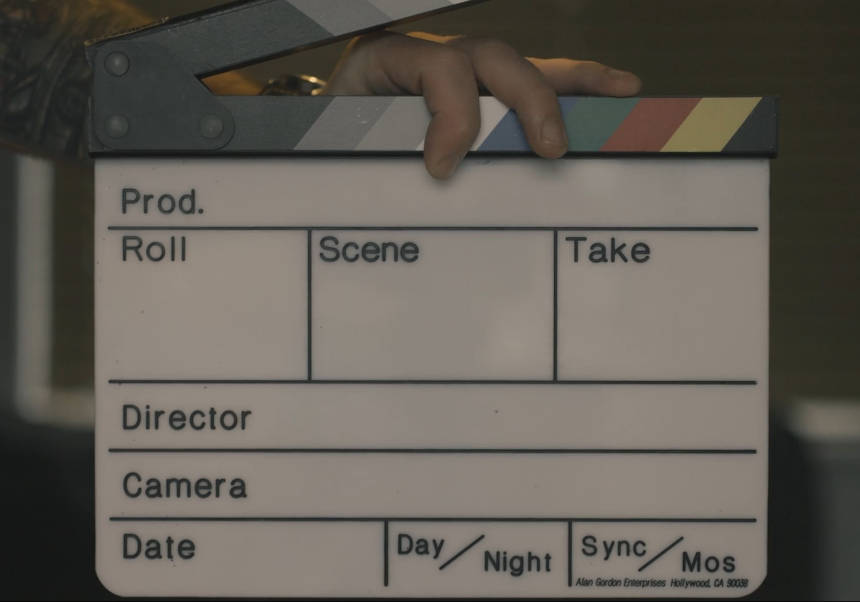“Mad Doctor” from horror film festival “Eidoloscopium” analized by Aula de Cinema UV
- UV General Foundation
- October 17th, 2024

Universitat de València’s Aula de Cinema, thanks to the Office of the Vice-Principal for Culture and Society, organize the terror film festival “Eidoloscopium” consisting in three movies on 23 October, 30 October and 6 November at 6:00pm. It will take place at Instituto López Piñero during the “The scientist imagery in horror films: Mad Doctor” investigation conference. Mad Doctors’.
“Eidoloscopium” is the project of Ignacio Nebot (UV), Marcos Bonet (UV) y Sergio Martín (UPV). Aided by Aula de Cinema UV and Servei de Llengües i Política Lingüística de la Universitat, they intend to delve into the concept of “Mad Doctor” o mad scientist, a consequence of the cinematographic representation that’s been given to the scientist image, specially in the horror genre.
“We aim to unveil the reason behind these representations that corresponded and correspond to historical and sociocultural explanations: we must take into account that the mad scientist stereotype has always found itself between the fascination and uneasiness science brings, and so it portrays ethical conflicts that society has” says Ignacio Nebot.
Shelley ‘s “Frankenstein”, Poe ‘s tales and Lovecraft ‘s cosmic horror are a literary base for the cinema, finishing the imagery that came from invention and discovery such as electricity and medicine thanks to the filming.
The movies chosen for the festival are three classics well-known by any horror fan:”‘Re-Animator” (Stuart Gordon, 1985), a Lovecraft story about a famous scientist running experiments to bring the dead back to life (23 October); “Hunchback of the morgue” (Javier Aguirre, 1973), who seeks scientists that may resurrect his friend (30 October); and “The Quatermass Xperiment” (Val Guest, 1955), about the first british space mission and its consequences on the sole survivor’s health back on Earth (6 November).
These films were carefully picked for how related they were to the debate. According to Ignacio Nebot, “Re-Animator”’s main character holds not only the aesthetics that influence the “Mad Doctor” concept, but also a plot about science ethics when it comes to resurrection. “A good example of ‘Mad Doctor’ from Spain is ‘Hunchback of the Morgue’ heavily inspired in the gothic imagery, and it brings up the resurrection issue as well as corpse robbing” regarding the historical and social context then. Lastly, Dr. Quatermass occurs during the space race of the Cold War and reflects society’s concerns about ethical boundaries for science.
After the films, there will be a colloquium between scientists, experts and all the attendants. It will relate to the conference on 15 November which will have a cross-discipline group of experts to reflect on the impact of the science imagery on pop culture and horror films. The goal is to showcase different perspectives of the science imagery “in order to encourage a rich debate with investigators and the general public that may be interested
More information:
Categories: Cultura , Cinema , Aula de Cinema , Fundació General UV
















